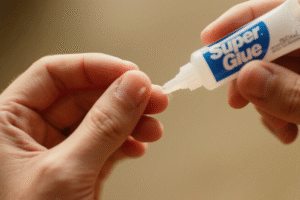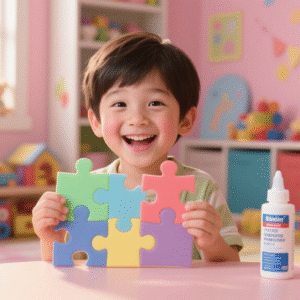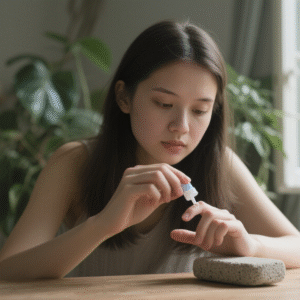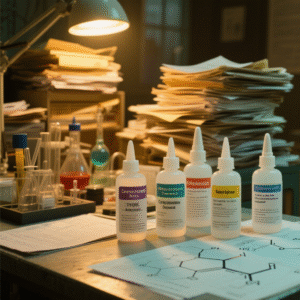How Do You Safely Remove Super Glue from Skin Without Causing Damage?
May 22, 2025 • by XZ Chemical
How Do You Safely Remove Super Glue from Skin Without Causing Damage?
Accidentally gluing your fingers together with super glue is frustrating. The bond feels unbreakable, and panic sets in about damaging your skin during removal.
Super glue on skin can be safely removed without pain or damage using common household items. The best methods include soaking in warm soapy water, applying oil, or gently rolling the bonded skin apart – never pull forcefully.

While skin removal is the most urgent concern, super glue creates other common problems. People often wonder about using alcohol as a remover, gluing rubber materials, and whether nail polish remover works. These important questions deserve thorough answers.
Will Rubbing Alcohol Remove Super Glue Safely?
You’ve got super glue on your hands and reach for rubbing alcohol, hoping it will work. But does it really dissolve the bond without harming your skin?
Isopropyl alcohol (rubbing alcohol) can soften super glue but isn’t the most effective or gentle option for skin removal. While it helps clean surfaces like metal or glass, it may irritate skin and isn’t as powerful as acetone.

Understanding alcohol’s effectiveness and limitations can prevent unnecessary skin irritation. Here’s what you need to know:
Alcohol’s Effectiveness Spectrum
Different surfaces respond uniquely to alcohol treatment:
| Surface Type | Alcohol Effectiveness | Preferred Alternative |
|---|---|---|
| Metal/glass | Good for light glue residues | Acetone works better |
| Plastic | Risk of damage or clouding | Vegetable oil or soap |
| Skin | Minimal effect, may dry skin | Warm soapy water |
| Fabric | Poor results, may set stain | Acetone (test first) |
For personal experience, I keep these guidelines in mind:
- Alcohol works best when glue is fresh, not fully cured
- Always test on small area first
- Combine with gentle scraping using plastic tools
- Moisturize skin after alcohol use
Does Gorilla Glue Create a Strong Bond on Rubber Materials?
You’re repairing rubber items and wondering if Gorilla Glue will hold everything together. The packaging looks promising, but will it work for your specific rubber type?
Original Gorilla Glue (polyurethane) bonds well with some rubber types like natural rubber and nitrile, but fails on silicone or oily rubber compounds. Surface preparation is crucial for success.
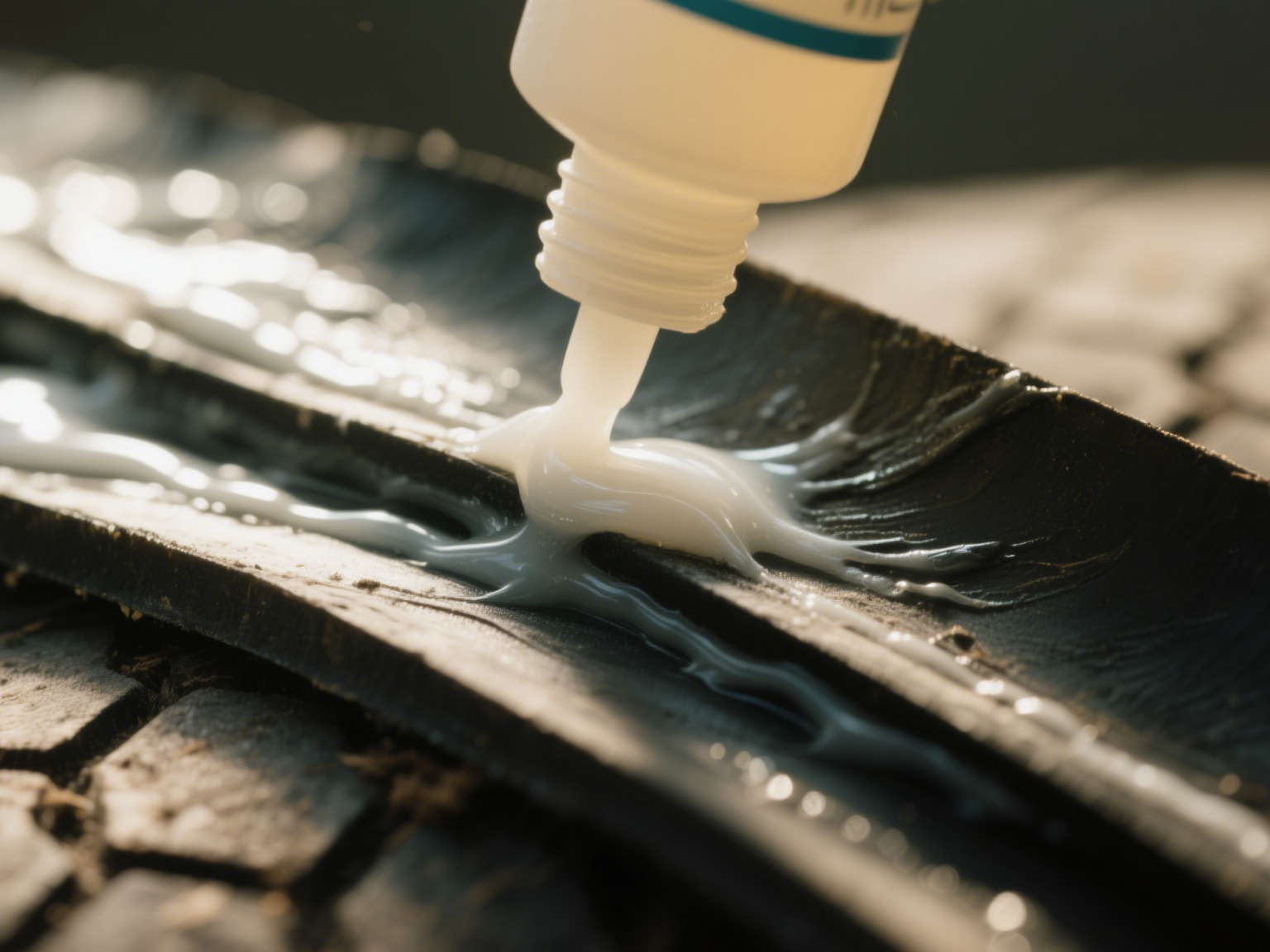
Gorilla Glue behaves differently across rubber varieties. These are key distinctions I’ve learned:
Rubber Type Compatibility Guide
-
Successful Bonds:
- Natural rubber (latex)
- Nitrile rubber (common in gaskets)
- Some synthetic rubber mixtures
-
Problematic Rubber:
- Silicone rubber (won’t bond)
- EPDM rubber (too oily)
- Rubber with plasticizers
Application Tips for Best Results
Through trial and error, I’ve found these methods work best:
- Thoroughly clean rubber with isopropyl alcohol
- Lightly sand smooth surfaces for better adhesion
- Dampen surface slightly (activates polyurethane glue)
- Apply thin layer and clamp for 2-4 hours
- Expect some foaming/expansion during cure
For flexible rubber joints, consider specialized rubber cement instead since Gorilla Glue dries rigid.
Is Nail Polish Remover Safe and Effective for Super Glue Removal?
Your nail polish remover seems like an obvious solution for super glue stains, but you hesitate worrying about skin damage or surface harm.
Acetone-based nail polish remover effectively dissolves super glue but can dry skin significantly. It works best on hard surfaces like glass or metal, and should be used cautiously on skin with protective measures.

Nail polish remover’s effectiveness depends on its formulation and your application method. These are critical considerations:
Using Acetone Safely: A Step-by-Step Approach
- Check the ingredient list – must contain acetone to work
- Protect surrounding skin with petroleum jelly
- Soak cotton ball and press onto glue for 10-15 seconds
- Gently rub in circular motions (don’t scrub)
- Rinse area thoroughly and moisturize immediately
- Repeat if necessary, allowing skin to rest between attempts
Surface Safety Guide
- Safe on: Metal, glass, ceramic, some hard plastics
- Risky on: Painted surfaces, delicate fabrics, certain plastics
- Never use near: Eyes, open wounds, or mucous membranes
A helpful trick I learned is to mix equal parts acetone and vegetable oil when using on skin. The oil helps counteract acetone’s drying effects while still breaking down the glue.
Conclusion
Removing super glue from skin requires gentle methods like soaking or oils rather than harsh chemicals. While alcohol has limited effectiveness and Gorilla Glue works selectively on rubber, acetone-based removers are powerful but should be used cautiously, especially on skin.


